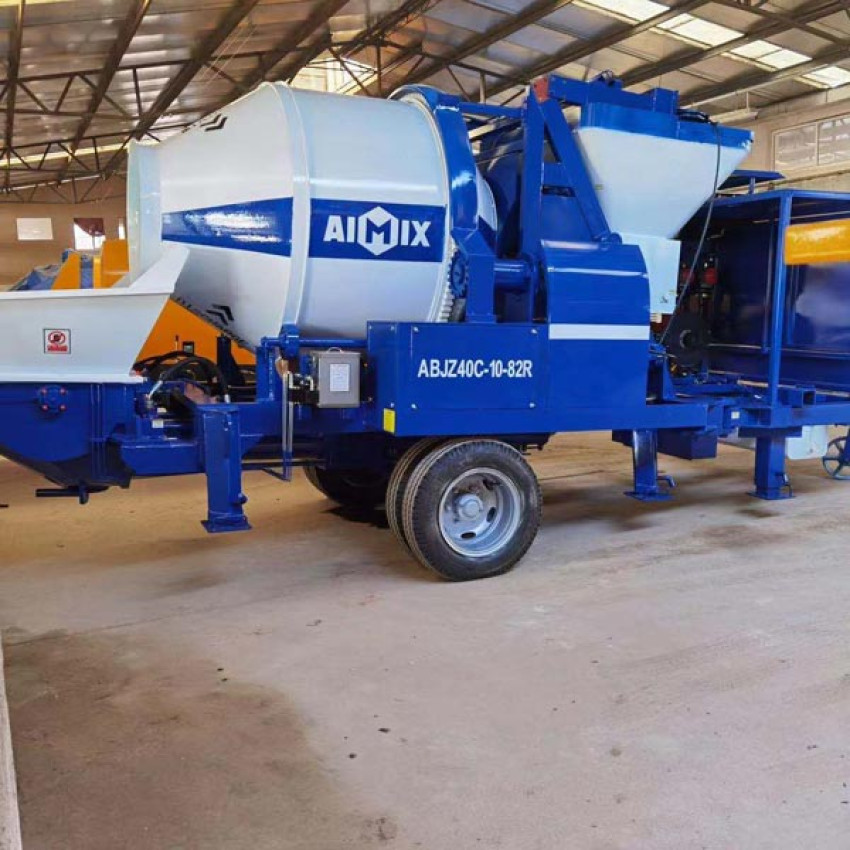
Pumping concrete can be quite economical when the concrete quantity required has ended 1150 m3 or whenever a source of uninterrupted concrete is essential for several days or weeks. In the vast majority of cases, concrete which is pumped along either a level or straight pipe line can reach distances of between 300 to 450 m or up to a vertical height of 40 m with the aid of an individual pump. A rise of 30 cms is the same as 2.4 m on level ground, while right-angled bends is the same as around 12 m.
This means for bends of 90° the horizontal distance reaching 12 m and also for a 22 ½° bend the 3 m horizontal distance will have to be reduced. For concrete pumping sharp bends should not be attached to the pipe line. In between each bend a straight pipe would have to be attached.
Just What Is A Pipe Line For Concrete Pumping?
The pipe lines that are used for concrete are usually created from mild-steel tubes that could come in 3 m sections as well as specialized joints for quick release and assembly. Additionally, there are short lengths and bends available. The pipe sizes change from 11.25 cms to 20 cms (inside diameter). These pipes demand a diameter that must be three times the "maximum size" of the aggregate that is utilized.
Concrete Pump Types
#1 Squeeze Type Concrete Pumps
Over the recent years modern concrete pump has undergone many refinements and improvements. During 1963, the squeeze-type kind of concrete pumps was first developed in the U.S. With one of these pumps the concrete was placed in the hopper after which fed into flexible pipes if you use rotating blades. These flexible pipes are connected to a pumping chamber. a vacuum close to 600 mm of mercury is produced during these pumping chambers. The vacuum maintains the cylindrical form of the pipe, excepting if the pipes are squeezed with a roller.
This action keeps a flow of continuous concrete. The Two rotating-rollers squeeze the pipe progressively which moves the concrete in a delivery pipe. On many occasions the squeeze pumps are mounted onto trucks in which the concrete can then be delivered via a folding-boom.
The hydraulic piston pump is already the more commonly used pump utilized for concrete. Whilst the exact specification of original and modern mechanically-driven pumps may vary, the working concept remains to be the same.
The concrete pumps feature three main parts which include the subsequent:
- Concrete Receiving Hopper
- Value System
- Power Transmitting System
Modern Concrete Pump Types
The concrete pumps can be bought in 3 main types:
- Mobile
- Trailer or Static
- Screed or Mortar Pump
Valve Types
The valve-technique is the key component of all concrete pumps.
Listed here is a listing of main vale types:
- Sliding or Rotating Gate Valves
- Squeeze Type Valves
- Hollow Transfer Tube Valves
- Rock Valves
- Flapper Valves
The greater popular valves would be the hollow transfer tube valves. The rock valves may also be a favorite kind of valve used for concrete pumping.




